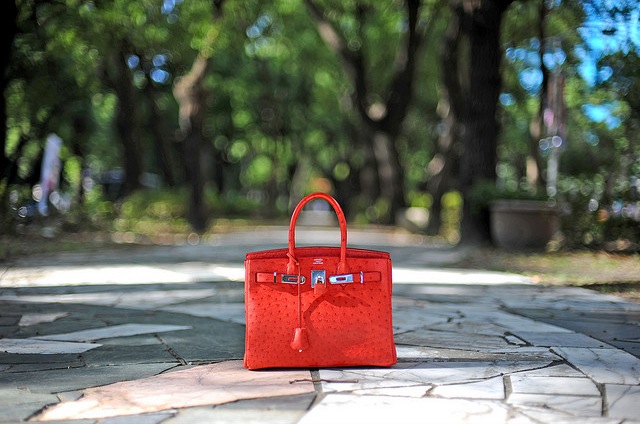
We’re in the midst of New York Fashion Week, and the conversation about what we’ll soon be wearing has begun. The festivities even reached L.A. with events like Thursday’s “Fashion’s Night Out,” a sort of shopping extravaganza for the Sartorialist set.
Behind the scenes, one of the hot topics in the fashion world is something more mundane: whether copyright law should be extended to fashion designs. Today, anyone can copy any design they see–perfectly legally. As a result, knockoffs are everywhere.
Some think this ought to change. In 2010, U.S. Senator Charles Schumer of New York introduced a bill that would rewrite copyright law to cover fashion designs. While Schumer’s intentions may be noble, it’s worth thinking about the consequences of such a change–for the fashion industry, for consumers, and for the innovation that drives societal progress.
It may strike you as strange that fashion design is not already protected against copying. Many creative industries argue, quite persuasively, that their success requires copyright protection. Without it, they say, innovation would grind to a halt. Creators will not create if they fear others will steal their work. In L.A., we hear this claim all the time from the music industry and of course from Hollywood.
But fashion designs never have been protected against copying. As it turns out, this is for good reason. Unlike in the music or film industry, copying of fashion designs has never been a serious threat to the survival of the industry. In fact, the growth and creativity in the fashion industry depend on copying.
It is not going too far to say that copying is the lifeblood of the apparel industry. Fashion relies on trends. And trends rely on copying.
Why is that? We all know that fashion changes. Styles rise and fall–and when they fall, we often race away quickly, sometimes wondering what we were thinking. As the French writer and filmmaker Jean Cocteau once noted perceptively, “Art makes ugly things that often become beautiful with time. Fashion makes beautiful things that always become ugly with time.”
What Cocteau didn’t say is that the process of becoming ugly with time is accelerated by the freedom to copy. Without copyright protection, designers are free to mimic–and improve upon–competitors’ designs. As the design is copied, it spreads, and eventually reaches a point of saturation. The trend is everywhere, and soon it is over. The early adopters of the original design move on to the next hot look, and many of us follow.
This cycle is at once destructive–a popular design goes from birth to death quickly–and profoundly productive. The advance of a popular design is a win for its creator. The copying of that design spurs tweaks–little innovations that may make it better. The growth in popularity of the design leads to more production, more revenues, and jobs for the industry. And the short life cycle of the design creates incentives for the designers to go back to the drawing board again, and soon, to come up with more designs.
If this creative cycle has so many virtues, why do Senator Schumer and many great fashion designers want to change the law to make knockoffs illegal? The suspicious Angeleno might wonder: Is this a New York vendetta against our hometown apparel behemoth, Forever 21?
But the desire to bring copyright to fashion is a very old cause that is almost always in style.
Various elements of the fashion industry have been calling for change since the 1940s, when a cartel of designers and retailers was broken up by the U.S. Supreme Court on antitrust grounds. During World War Two, some fashion industry leaders called for Congress to act quickly to stop knockoffs, lest the American fashion industry die out. Congress resisted, of course. And in the intervening decades, the American industry grew and grew. Today, both New York and L.A. are major centers of fashion design.
None of this means that copying is always good for individual fashion designers. Indeed, some fashion designers are hurt when their designs are knocked off. But it is good for the industry as a whole, for consumers, and for designers who can keep inventing attractive new designs.
You may not care about fashion. But you should care about copying, because it is central to understanding the innovation and ideas that determine economic growth and success. Our rules on innovation and ideas–our copyright and patent laws–are complex, rigid, and sometimes poorly matched to the uncomfortable realities of progress.
Copying, as the fashion industry teaches us, has profound effects, both destructive and productive. The question in how we handle copying should be which effects are stronger. When copying is more productive than destructive, we should let competition rule the clothing racks.
Kal Raustiala is a professor of law at UCLA and coauthor of The Knockoff Economy: How Imitation Sparks Innovation.
*Photo courtesy of Wen Cheng Liu.




Send A Letter To the Editors